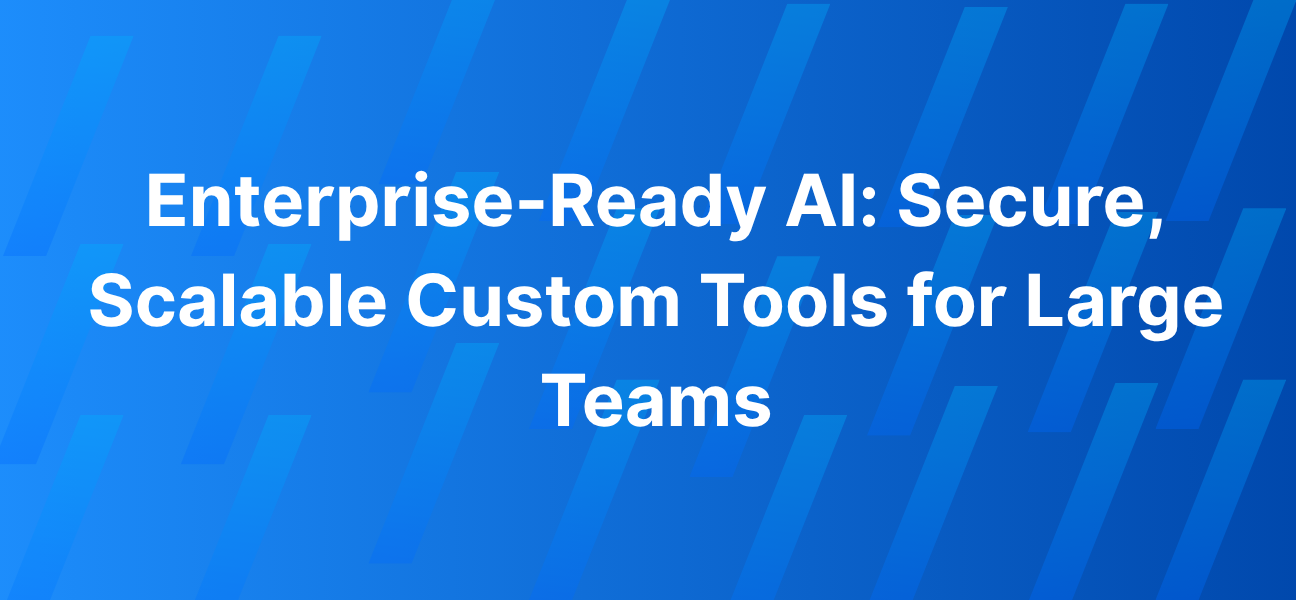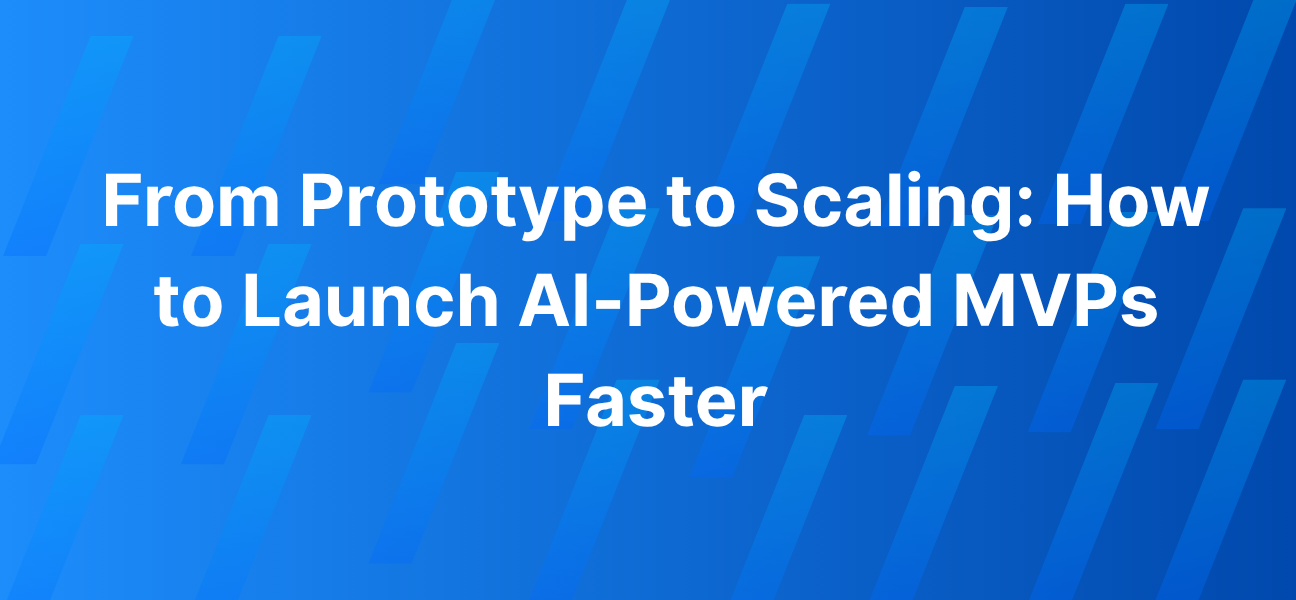TL;DR , What this framework delivers
The 80/20 AI Platform is a pragmatic hybrid approach: your team builds the 80% of features that map tightly to your core operations and workflow, while at20.ai delivers the remaining 20% , the production-grade glue: managed AI models, secure hosting, scalable inference, monitoring, and SRE.
This reduces your recurring “SaaS tax” (per-seat fees, add-ons, unexpected usage charges), preserves data ownership, speeds time to value, and delivers predictable long-term economics.
Why the 80/20 idea works (in plain terms)
The Pareto / 80/20 rule , the observation that roughly 80% of results often come from 20% of causes , is a powerful design heuristic for productization and engineering.
Apply it to internal tooling and you get this: design and ship the 80% of functionality that your teams use every day (forms, workflows, integrations, dashboards).
Delegate the remaining 20% , the hard, production-grade components (scalable model serving, observability, security hardening, edge cases) , to a specialist partner.
This focuses your engineering effort where it matters and outsources operational risk to experts.
The problem: “SaaS tax” is real and growing
Modern organizations often pay a steady “SaaS tax” , recurring fees that compound as you add seats, upgrade tiers, and adopt more point solutions.
Reports show an ongoing surge in SaaS adoption and spending across organizations, making SaaS management and cost control a growing challenge for IT and finance teams.
Keeping control of spend means reducing unnecessary subscriptions, avoiding “seat creep,” and eliminating duplicated capabilities across tools.
The hybrid idea: Build 80% yourself, outsource 20% to at20.ai
Why hybrid? Because:
- You retain control over the workflows that make your business unique (customer journeys, approval flows, custom data models).
- You avoid paying recurring per-seat fees on standard tasks you can run internally.
- at20.ai provides the last mile: production readiness , model hosting, autoscaling, observability, security, and critical integrations.
- You get a faster ROI than pure custom builds and significantly lower long-term cost than pure SaaS dependency.
This is a middle path that combines the control of “build” with the polish and reliability of “buy.”
Real cost example , concrete ROI math (step-by-step)
Let’s show a realistic three-year comparison. All arithmetic is shown explicitly.
Assumptions (example company):
- Current annual SaaS stack cost = $180,000.
- Build 80% in-house: one-time development = $100,000.
- In-house maintenance = $15,000 per year.
- at20.ai handles the 20%: setup/customization = $30,000 (one-time).
- at20.ai ongoing managed service = $20,000 per year.
Hybrid cost , Year 1 (detailed):
- Build upfront = 100,000.
- at20.ai setup = 30,000.
- Maintenance (year 1) = 15,000.
- at20.ai managed (year 1) = 20,000.
- Year 1 hybrid total = 100,000 + 30,000 + 15,000 + 20,000 = 165,000.
Compare Year 1:
- SaaS only = 180,000.
- Hybrid Year 1 = 165,000.
- Savings Year 1 = 180,000 − 165,000 = 15,000.
Hybrid cost , Years 2 & 3 (recurring):
- Year 2 hybrid = maintenance + managed = 15,000 + 20,000 = 35,000.
- Year 3 hybrid = 35,000 (same as Year 2).
Compare Year 2:
- SaaS Year 2 = 180,000.
- Hybrid Year 2 = 35,000.
- Savings Year 2 = 180,000 − 35,000 = 145,000.
Three-year totals:
- SaaS 3-year total = 180,000 × 3 = 540,000.
- Hybrid 3-year total = Year1 (165,000) + Year2 (35,000) + Year3 (35,000) = 165,000 + 35,000 + 35,000 = 235,000.
- Total 3-year savings = 540,000 − 235,000 = 305,000.
This concrete example shows how the hybrid 80/20 path can flip your economics: modest up-front investment and a managed partner produce large cumulative savings versus continuing all-SaaS. (Your numbers will vary , use this as a model to plug in your bills.)
What exactly do you build (your 80%) , recommended scope
Build in-house the parts that are:
- Core workflows that reflect your IP (sales process, approval logic, billing rules).
- UI/UX for daily users (dashboards, forms, task lists).
- Data schema and internal integrations (connect to HR, ERP, lead sources).
- Lightweight analytics and reporting that matter to your teams.
Why? These are the differentiators that SaaS rarely models exactly to your needs , and they’re often inexpensive to implement compared with ongoing per-seat fees.
What at20.ai handles (the critical final 20%)
The final 20% is deceptively hard , and that’s why you outsource it:
- AI model fine-tuning & custom prompts using your data (safely & privately).
- Scalable model serving (latency SLAs, autoscaling, cost optimization).
- Monitoring & observability (drift detection, logging, alerting).
- Security, governance & compliance (encryption, access control, audit trails).
- Edge cases & integration choke points , payment gateways, legacy systems, enterprise SSO.
- SRE & runbooks , we operate, you own the roadmap.
This is the part that creates production confidence and avoids the “works on a developer laptop” trap.
Architecture blueprint (high level)
- Frontend: Your single UI (React/Vue) that your teams use daily.
- API layer: Microservices for domain logic and integrations (REST/GraphQL).
- Data layer: Centralized data warehouse (Postgres/BigQuery/Snowflake) as single source of truth.
- AI layer (managed by at20.ai): Model endpoints with canary rollout and autoscaling.
- Orchestration & ops: CI/CD, monitoring, backups, and incident management handled via the managed plan.
This clean separation keeps your intellectual workflows inside your org while outsourcing operations and AI expertise.
How the 80/20 approach reduces vendor lock-in & SaaS risk
- You control your data model and exports. Data portability minimizes switching cost.
- You avoid per-seat price escalation , your marginal user cost is negligible.
- You replace multiple point solutions with modular components that are easier to swap.
- You retain the option to move more functions in-house over time or to another partner.
Platform engineering research shows that providing internal self-service platforms dramatically speeds development and reduces time-to-market; the 80/20 approach mirrors this by combining internal ownership with professional ops.
Implementation roadmap (90-day pilot)
- Weeks 1–2: Audit SaaS spend and identify 2–3 high-value workflows (hourly volume, cost per manual hour).
- Weeks 3–6: Build the 80% MVP (data model, UI, core integrations).
- Weeks 7–10: at20.ai implements the final 20%: model tuning, deployment, monitoring, security.
- Weeks 11–12: Hybrid run with human fall back; measure key KPIs and iterate
KPIs to track (measure success)
- Monthly SaaS spend (baseline vs post-pilot).
- Time saved (hours per month) and FTE equivalence.
- Mean time to recover (MTTR) for incidents.
- Model accuracy/drift and business impact (conversion lift, reduced errors).
- Break-even month / ROI timeline.
Risks & mitigations
- Upfront investment risk: Start with an MVP and pick high-impact workflows.
- Skill gaps: at20.ai provides the ops and AI expertise.
- Maintenance overhead: keep code modular; schedule periodic refactors.
- Compliance concerns: we use secure hosting & governance controls.
FAQ (for schema)
Q: What is “SaaS tax”?
A: Informal term for recurring SaaS costs (per-seat fees, add-ons, usage charges) that accumulate over time and reduce profitability.
Q: Why not build 100% in-house?
A: Building everything is expensive and shifts ops risk to your team. The 80/20 split keeps control while outsourcing critical production concerns to experts.
Q: How soon will I see savings?
A: Many clients see payback inside 12–24 months depending on current SaaS spend and scope of build.
The 80/20 AI Platform is built for teams that want the control and economics of in-house systems without taking on the full operational burden.
You build the things that make your business unique; at20.ai makes sure they run reliably in production.
If you want, we’ll run a free SaaS tax audit and a tailored 3-year TCO model for your environment , plug in your actual license costs and we’ll show the exact savings potential.
Ready to test the 80/20 approach? Book a pilot with at20.ai and we’ll produce a prioritized roadmap and ROI calculation in 48 hours.




